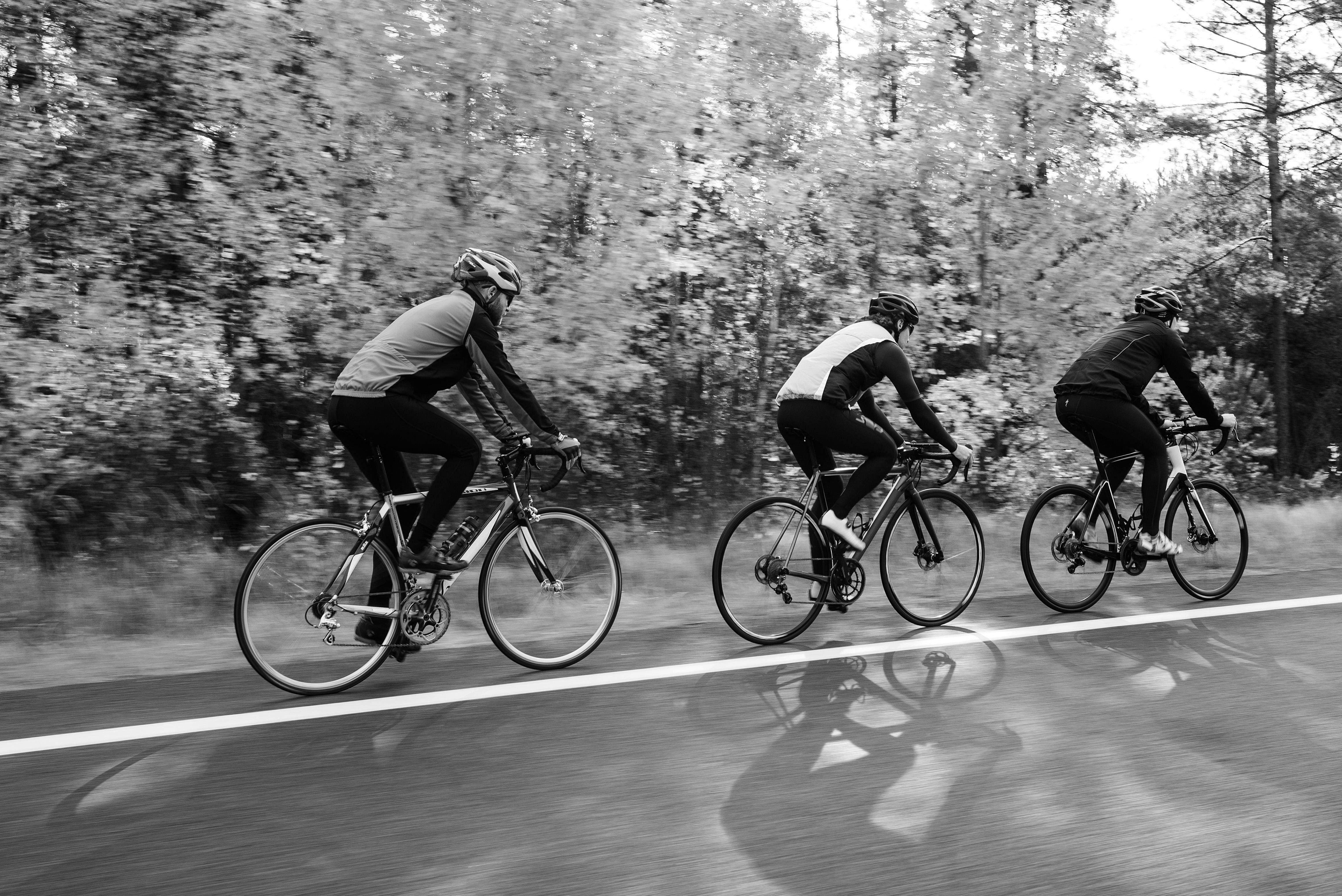Let's be honest, we share a love for the invigorating feeling of wind against our skin, the satisfying burn in our muscles and the pure joy of cycling. It's a gateway to freedom, a path to fitness and a vibrant community we adore.
However, many of us have encountered a silent adversary on our cycling journeys, a discomfort that can quickly transform our beloved rides into something we dread: the unwelcome saddle sore. This is a topic that sometimes feels a little hushed, a discomfort we might only mention in quiet tones to our closest riding companions or silently endure, hoping it will simply vanish. Yet, the reality is that saddle sores are a common challenge for cyclists, particularly women, and ignoring them won't lead to their disappearance. In fact, neglecting them can escalate into more serious issues, potentially sidelining us from the sport we hold dear.
Understanding why saddle sores develop is the first step towards finding relief. These aren't just minor irritations; they can manifest in various forms, from mild chafing and redness to more severe and painful boils and infections. Identifying the culprits behind this discomfort is essential in our journey to a solution. Several common factors contribute to the development of saddle sores among cyclists.
One of the most significant factors is the choice of saddle itself. Think of your bike saddle as the very foundation of your cycling experience. It's the point where a considerable portion of your body weight is distributed, and if it doesn't align with your unique anatomy in terms of shape, size, or design, you're essentially setting the stage for potential problems. A saddle that is either too wide or too narrow can create issues. The shape of the saddle plays a critical role. Saddles come in a variety of contours – some are flat, others are curved and some incorporate cutouts or channels. The ideal shape is really based on your riding posture, your flexibility and the structure of your pelvis. A saddle that doesn't accommodate your individual anatomy can lead to concentrated pressure points and subsequent discomfort. Interestingly, the amount of padding isn't always a sign of comfort. While it might seem like the best idea - excessive padding can actually compress soft tissues and trap moisture, which in turn increases the risk of chafing and the development of those damned saddle sores. Often, a supportive saddle with the right density of padding proves to be more comfortable over longer distances.

Beyond the saddle, the type of cycling shorts you wear plays a vital role. These aren't merely a fashion choice - they act as a critical barrier between you and your saddle. Regular athletic shorts or leggings often have seams located in less-than-ideal places, lack specific padding in key contact areas and aren't designed to effectively wick away moisture. This combination can lead to increased friction, skin irritation and create an environment where bacteria can thrive. The fit of your shorts is equally important. Shorts that are too loose can bunch up and cause chafing, while those that are too tight can restrict your movement and create unwanted pressure points. The chamois is another crucial element. A thin, low-quality, or poorly positioned chamois won't offer the necessary cushioning, friction reduction, and moisture management.
Considering the anatomical differences between men and women, particularly in the pelvic region, highlights the importance of womens-specific cycling apparel. Womens-specific cycling shorts and saddles are designed with these unique needs in mind. Womens-specific chamois pads often feature a wider rear to accommodate wider sit bones, incorporate varying densities of padding in key pressure zones and may include a central channel or cutout to alleviate pressure on the perineum. Wearing mens shorts can mean that the chamois isn't positioned correctly or simply doesn't offer the support and protection needed for female anatomy (we’ve talked about this before, trust us - don’t wear the mens shorts!!!).

One other thing that can lead to saddle sores - an incorrect bike fit! If your weight isn't distributed optimally across the contact points with your bike, you might be placing unnecessary strain on your soft tissues. Remaining static in the saddle for extended periods can also increase pressure and impede blood flow to the area. Investing in a professional bike fit is a crucial step in this process. Think of it as an investment in your long-term cycling health and enjoyment. A qualified fitter will meticulously assess your body mechanics, your riding style and your cycling goals to make precise adjustments to your bike's components, such as saddle height and handlebar reach, to optimize your riding position and weight distribution. A proper bike fit ensures that your sit bones are correctly positioned on the saddle, thereby minimising pressure on sensitive soft tissues. Beyond preventing saddle sores, a good bike fit can also alleviate other aches and pains, improve your pedalling efficiency, and help prevent other cycling-related injuries.
The application of chamois cream is another invaluable tool in the fight against saddle sores. This seemingly simple product creates a protective barrier between your skin and your shorts, and sometimes even the saddle itself, significantly reducing friction and the likelihood of chafing. Chamois creams typically contain ingredients like lanolin, shea butter, zinc oxide and other moisturising and anti-inflammatory goodies. These help to lubricate the skin, prevent rubbing and some formulations even offer antibacterial properties. For optimal effectiveness, apply a generous amount of chamois cream directly to your chamois pad and/or the areas of your skin that will be in contact with the saddle before each ride. For longer rides, consider reapplying the cream as needed. Chamois creams are available in various formulations, including creams, balms and gels but a personal favourite is the Muc-Off brand - we’ve been using it for nearly 10 years and oh my god, it has literally saved our asses so many times……. Experiment with different textures and formulas to find one that you prefer and that works best for your skin. Always ensure you apply chamois cream to clean skin and a clean chamois. It's essential to wash your cycling shorts after every ride to remove sweat, bacteria and any cream residue.
If you find yourself already experiencing saddle sores, it's important to treat them properly to prevent them from worsening or becoming infected (oweeeee!). The first crucial step is to rest and avoid cycling until the sore has healed. Keep the affected area clean by gently washing it with mild soap and water twice a day. Applying warm compresses can help to increase blood flow and promote the healing process. Wear loose, breathable clothing to avoid any further irritation. Over-the-counter antiseptic creams or balms can be helpful in preventing infection and promoting healing. However, if your saddle sore is severe, doesn't show improvement after a few days, exhibits signs of infection such as increased pain, redness, swelling, or pus, or if you develop a fever, it's important to seek medical advice.
Keep your derriere happy!
X

